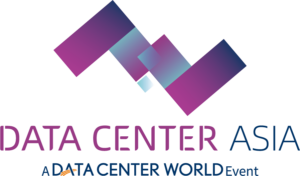Data centers generate revenue by offering services such as colocation, cloud hosting, managed IT services, connectivity, disaster recovery, and data storage, often charging clients based on space, power usage, bandwidth, or service-level agreements (SLAs).

Join Data Center Asia Malaysia 2025
Attend Data Center Asia Malaysia 2025 (DCA-MY) from 18–20 November at MITEC, Kuala Lumpur, part of the region’s largest tech event, Smart Nation Expo, and connect with data center operators, IT leaders, and cloud innovators to explore cutting-edge solutions in AI, cloud, 5G, edge computing, and sustainable infrastructure—unlock insights and partnerships to drive your business in Southeast Asia’s digital transformation. Secure your spot as a visitor or exhibitor!
Key Revenue Streams for Data Centers
1. Colocation Services
Data centers offer physical space, power, cooling, and security for clients’ servers and IT equipment. Clients rent space in the form of racks, cabinets, or entire suites, with fees often based on the amount of space occupied and the power consumed. This model provides a steady stream of recurring revenue.
2. Cloud Computing Services
Many data centers provide cloud-based services, including Infrastructure as a Service (IaaS), Platform as a Service (PaaS), and Software as a Service (SaaS). These services allow clients to rent virtualized computing resources on a pay-as-you-go basis, offering flexibility and scalability. Major providers like Amazon Web Services (AWS) and Microsoft Azure operate extensive data center networks to support these offerings.
3. Managed Services
Data centers often offer managed services such as network monitoring, data backup, disaster recovery, and cybersecurity solutions. These services are typically billed on a subscription basis and can be tailored to meet the specific needs of clients, providing additional revenue streams.
4. Interconnection Services
Data centers facilitate direct connections between clients and various networks, including internet service providers (ISPs), cloud platforms, and telecommunications carriers. These interconnections enable low-latency and high-bandwidth communication, and data centers charge fees for setting up and maintaining these connections.
5. Subscription-Based Services
Some data centers offer subscription-based services such as data analytics, artificial intelligence (AI) processing, and Internet of Things (IoT) infrastructure. These services are increasingly in demand as businesses seek to leverage data for strategic decision-making.
6. Real Estate and Investment Opportunities
Data centers are also viewed as valuable real estate assets. Investors can generate returns by owning and leasing data center facilities. The growing demand for data storage and processing capabilities has made data centers an attractive investment option, with significant capital expenditures projected in the coming years.
In summary, data centers generate revenue by offering a range of services that cater to the growing demand for data storage, processing, and management. Their ability to provide reliable, scalable, and secure infrastructure makes them integral to the digital economy.
